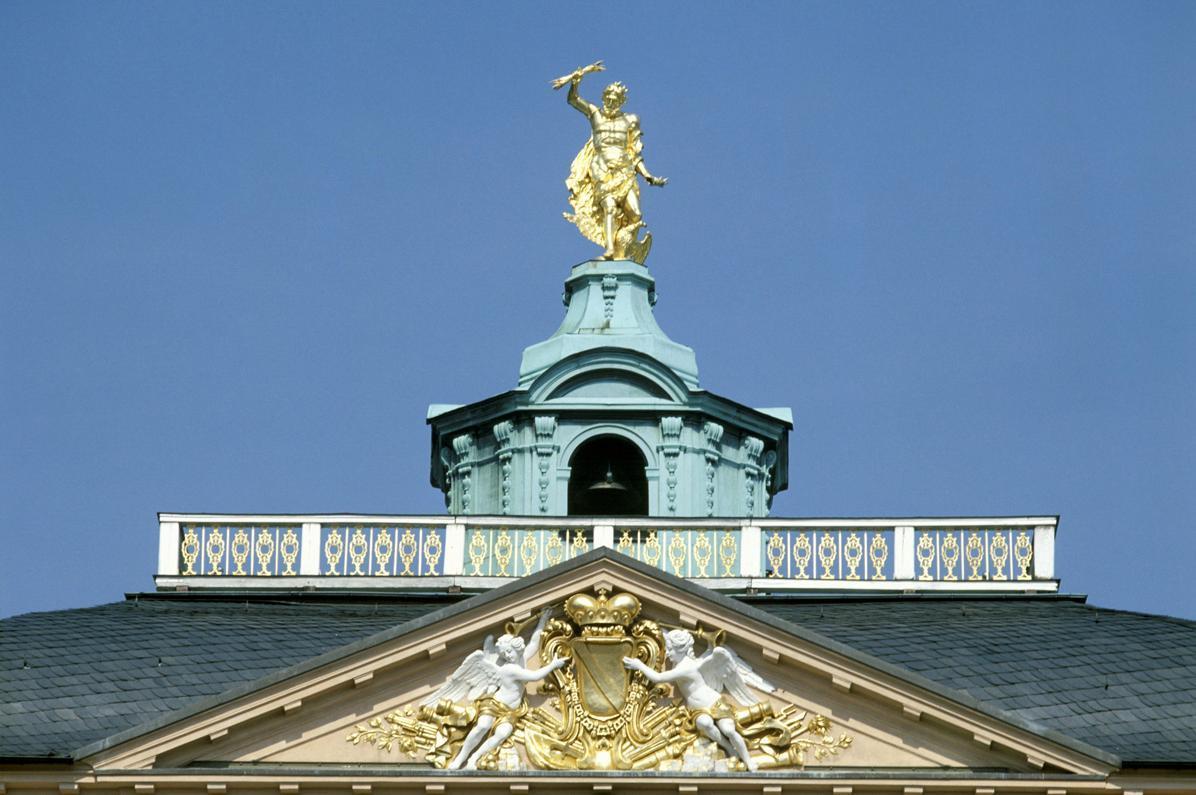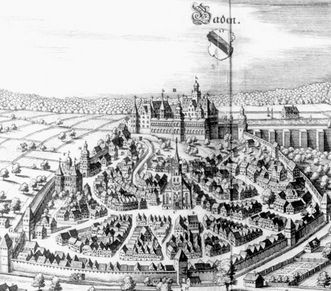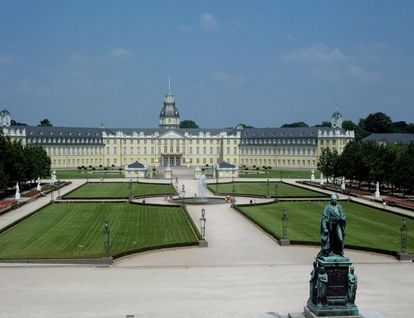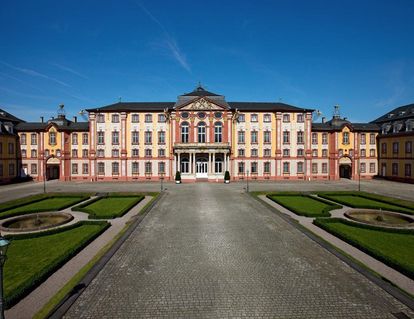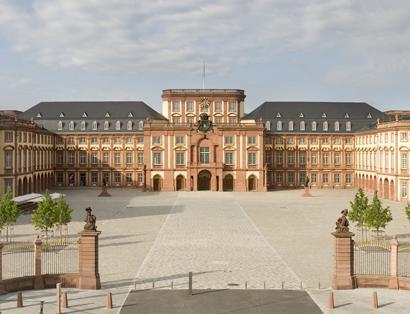A RAVAGED LAND
Following the Thirty Years' War, which ended in 1648, the Margraviate of Baden-Baden was economically and financially crippled. During the Nine Years' War, between 1688 and 1697, French troops of the Sun King Louis XIV burned large areas along the east side of the Rhine river. Even the margraviate, its palace and the town of Baden-Baden were destroyed. After the peace treaty in 1697, Margrave Ludwig Wilhelm decided to build in Rastatt. Work first began on a hunting lodge, but this later became a full residence.



